

How People
Treat
"Other People"
History of the 45th Surgical Hospital
Brinton Motherals Super 8 Videos
|
Remember that these sayings were written for a Tour 365 Summer Issue 1971... |
|
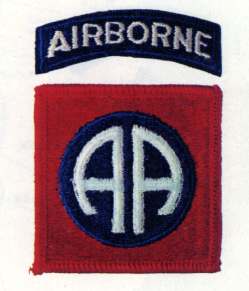 |
3rd Brigade, 82nd Airborne Division The story of the 3rd Brigade, 82nd Airborne Division, began in 1917 when it was activated as the 156th Infantry Brigade, an element of the 78th Division. In May 1964, the Brigade was reorganized as the 3rd Brigade, 82nd Airborne Division. On Feb. 13, 1968, the advance party left Pope Air Base, N.C., for the Republic of Vietnam. The Brigade landed at Chu Lai and was attached to the 101st Airborne Division (Airmobile). The All-Americans were given the mission of protecting the ancient capital of Hue in Military Region 1. In the fall of 1968, the Brigade moved to the Capital Military District. After a year and a half of protecting the western flanks of Saigon from enemy attacks, the 3rd Brigade, 82nd Airborne Division, had worked itself out of a job. The unit was named as one of the major elements to be redeployed as part of the Phase II cutback. With the Brigade's departure on Dec. 12, 1969, another chapter in its colorful history was brought to a close. |
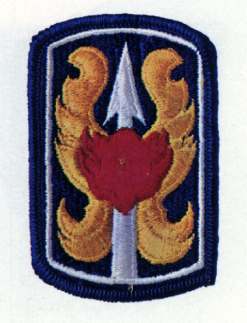 |
199th Light Infantry Brigade
The 199th Light Infantry Brigade, tailored and trained for duty in the Republic of Vietnam, arrived in-country Dec. 12, 1966, and set up a base camp just north of Long Bien Post. Its primary mission was to assist in the defense of Saigon, including the guarding of major infiltration corridors into the capital city. The Redcatchers had a nucleus of four combat infantry battalions and an artilery battalion. These in turn were backed by a combat support battalion, a helicopter aviation section, an armored cavalry troop, long range reconnaissance patrol units, a helicopter gunship troop and a company of engineers. The 199th rendered outstanding performances in its many engagements with the enemy. For its efforts in the 1968 Tet offensive, the Brigade received the Valorous Unit Award. They were redeployed to Fort Lewis, Wash., and deactivated in mid-September 1970. |
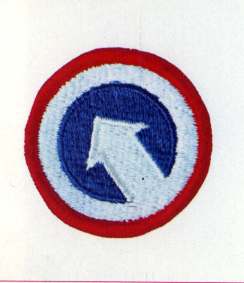 |
1st Logistical Command On Sept. 20, 1950, the 1st Logistical Command was activated at Fort McPherson, Ga. Its early years were spent there and later at Fort Bragg, N.C. In July 1958, 1st Log was designated a major unit of the Strategic Army Corps, and during the next three years it was responsible for administrative and logistical support to contingency forces of the corps. During the Berlin Crisis, 1st Log deployed to France and became a major unit of the Communications Zone, Europe. The 1st Logistical Command came to the Republic of Vietnam in April 1965 with a force of only 35 officers and enlisted men. With the build up of U.S. forces in South Vietnam, the command quickly mushroomed to a strength of more than 50,000 soldiers. In June 1970, the 1st Logistical Command was reduced in strength and consolidated with USARV. A U.S. Army combat operation in South Vietnam has never been delayed or canceled due to the lack of supplies. This is the record of the 1st Logistical Command, which supplied and supported all U.S. Army units and other U.S. and free world forces serving in the Republic of Vietnam. |
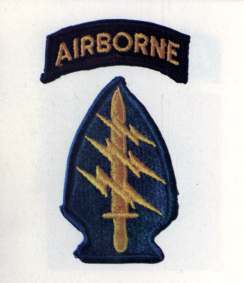 |
5th Special Forces Group Since 1962 when the 5th Special Forces Group (Airborne), 1st Special Forces, began deploying teams to the Republic of Vietnam on six months temporary duty, the men of Special Forces have been carrying on the tradition of bringing freedom from oppression to the people of South Vietnam. In October 1964, the 5th Special Forces Group head quarters moved to the Republic of Vietnam and began a more intensified campaign on carrying out the group's mission to advise the Army of the Republic of Vietnam (ARVN) Special Forces and assist them in their operations against the Viet Cong through the Civilian Irregular Defense Group (now redesignated Border Rangers). At one time, this program had over 80 "A" sites throughout all four military regions. The group has also been engaged extensively in civic action projects to improve agricultural techniques, and to build churches, schools, hospitals and recreation centers, for which it received the Vietnamese Civic Actions Medal. With the current troop reductions, 5th Special Forces Group is being phased out. Its headquarters near Nha Trang was disbanded in January of this year, (meaning 1971). |
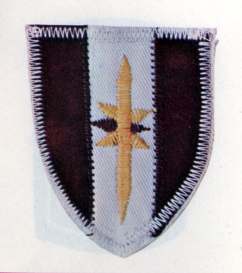 |
44th Medical Brigade Which the 45th Surg was under ! The 44th Medical Brigade was the Army's major medical command in the Republic of Vietnam and, at one point, controlled 165 medical support units and more than 9,000 personnel (currently more than 7,000). The Headquarters and Headquarters Detachment was constituted in the Regular Army on Dec. 30, 1965, and then activated on New Year's Day 1966 at Fort Sam Houston, Tex. Ordered to Vietnam, the Brigade arrived in Saigon and set up its headquarters in a group of villas in April 1966. Becoming operational in May, the Brigade was reassigned directly under U.S. Army, Vietnam, and one month later moved its headquarters to Long Binh. On March 1, 1970, the United States Army Medical Command, Vietnam, was organized as a result of consolidating the 44th Medical Brigade and the USARV surgeon's office. The 44th Medical Brigade has been re-activated at Fort Meade, Md. The medical command organization eliminated duplication of effort, reduced manpower requirements by 17 per cent and provided a headquarters that would be more responsible to drawdown requirements. The mission of the United States Army Medical Command, Vietnam, is to provide medical service support to U.S. Army personnel, Free World Military Assistance Forces personnel and other catagories of personnel as directed. |
|
|
This is for all those who served. As I was typing this in and reading as I was going along. I saw a pattern of things beyond our control. I came to the realization that we did not loose the war in Vietnam, how could we when we had no control over the reduction in force and the Vietnamesation program that was going on. Take a hard look at this, when the American people, and congress, and the president want to do something how much control does a soldier have over the outcome of anything. When we had bunker guard and we could see them setting up to attack us, request permission to fire, and permission was denied, because of the "Rules of Engagement". Inwhich you have to wait to be fired upon before you can return fire. If they would have done this during Desert Storm they would have never finished it. |
|
|
|
